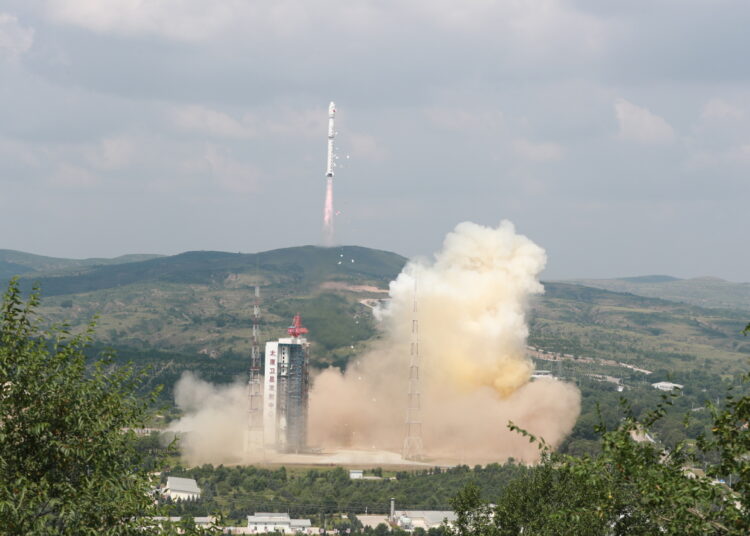China successfully launched a terrestrial ecosystem carbon monitoring satellite and two other satellites from the Taiyuan Satellite Launch Centre in north China’s Shanxi Province Thursday, according to the Chinese news agency Xinhua.
The satellites were launched at 11:08am (Beijing Time) by a Long March-4B carrier rocket and entered the planned orbit successfully.
The carbon monitoring satellite is mainly used for terrestrial ecosystem carbon monitoring, the surveying and monitoring of terrestrial ecology and resource, and major national ecological projects monitoring and evaluation.
It will also provide operational support and research services in fields such as environmental protection, surveying and mapping, meteorology, agriculture, and disaster reduction.
The satellite can detect and measure vegetation biomass, atmospheric aerosol and chlorophyll fluorescence by comprehensive remote sensing means such as laser, multi-angle, multi-spectral, hyperspectral, and polarisation.
It can also obtain the multi-factor remote sensing information of global forest carbon sinks, improve the efficiency and accuracy of carbon sink measurement, and provide support for China’s carbon peaking and neutralization efforts.






Discussion about this post